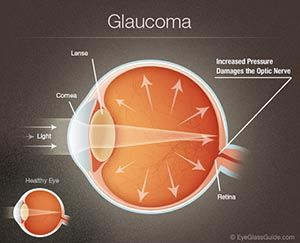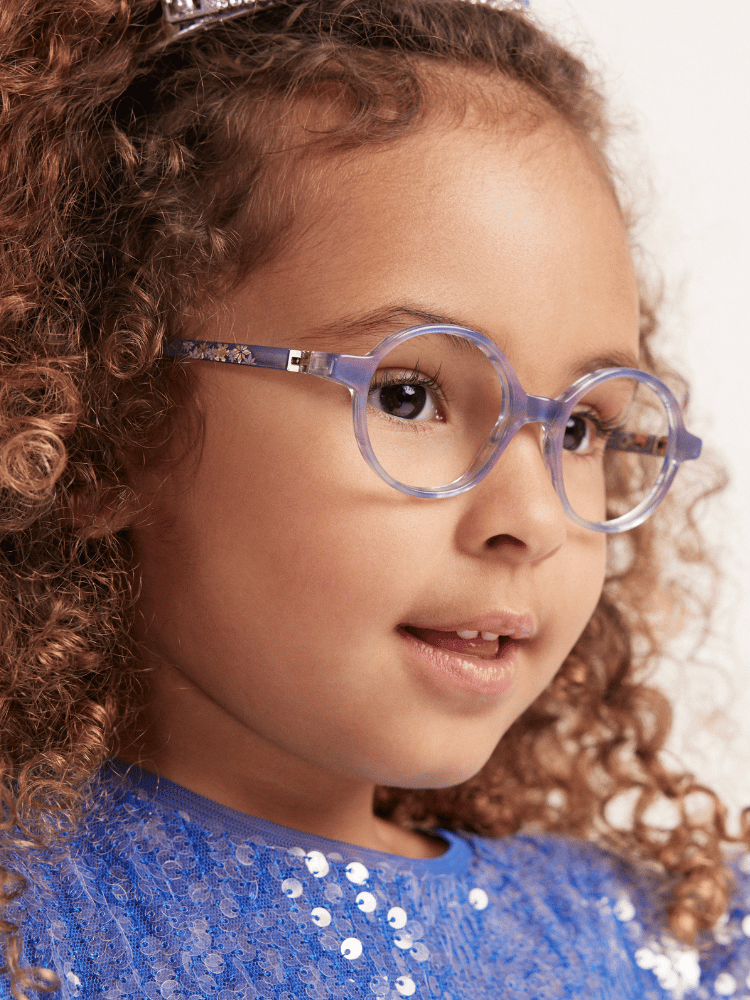Different types of glaucoma - what you need to know
What is Glaucoma
Glaucoma is a common eye disease that affects over 720,000 Canadians, and is the third most common cause of blindness in Canada.
Glaucoma occurs when fluid builds up inside the eyeball, causing increased pressure within the eye. This increases the risk of damage to the optic nerves. When left untreated, glaucoma can lead to complete or partial sight impairment.

Glaucoma is more common in people over the age of 60, however it is possible that it can happen at any age. At this time there isn't a cure for glaucoma, but if the disease is treated early the loss of vision can often be prevented.
Because the damage occurs slowly, it may not become apparent until later.
Glaucomas may progress from mild to severe, leading to poor quality of life, increased risks of falls, decreased mobility and difficulties with walking.
Here is Dr. Tom Wilk on different types of glaucoma, symptoms and treatment options
Glaucoma Types
While there are many different subtypes of glaucoma, they all may be grouped into one of two categories:
- Open-angle glaucoma
- Narrow (or closed) angle glaucoma.
This description has to do with the anatomy of the eye, and the angle between the iris and the cornea. Since the eye’s internal fluid drains through this angle, an imbalance between the fluid produced and the fluid leaving the eye will cause a gradual increase in eye pressure.
Glaucoma Symptoms
In most cases, glaucoma has no symptoms. Known as the “silent thief of sight” there is no pain, irritation or change in vision early on, which is why it can be difficult to find. This is why only about half the people with glaucoma are even aware they have it
When it does become more advanced, it starts to affect peripheral vision. The changes are very subtle, often for many years. In advanced cases the vision loss becomes more centralized and may eventually lead to permanent blindness.
Glaucoma Causes
The cause of this eye disease depends on the specific glaucoma type. An eye injury, genetic abnormality, or age related condition may be a contributing factor. Conditions associated with a higher risk of glaucoma include diabetes, high myopia (nearsightedness) and sleep apnea.
Glaucoma Treatment
Treatment for glaucoma is aimed at lowering internal eye pressure. This may be through glaucoma surgery, or more commonly with the use of pressure-lowering eye drops designed to increase the fluid drainage from within the eye, or slow down its production. The eye drops are used typically one to three times per day.
Diagnosing glaucoma is no longer only about measuring your eye pressure. At MVO we have specialized equipment and optometrists that are experienced with managing glaucoma. Many different variables are assessed and tracked over time.
A comprehensive eye exam and frequent follow up testing is necessary at the interval recommended by your eye doctor to ensure nothing is missed.
Regular eye exams are the best way to ensure your eye health is getting the proper attention.
Frequently asked questions about glaucoma
Book an appointment with Mountain View Optometry now to discuss your findings and any risk factors with your MVO optometrist.










